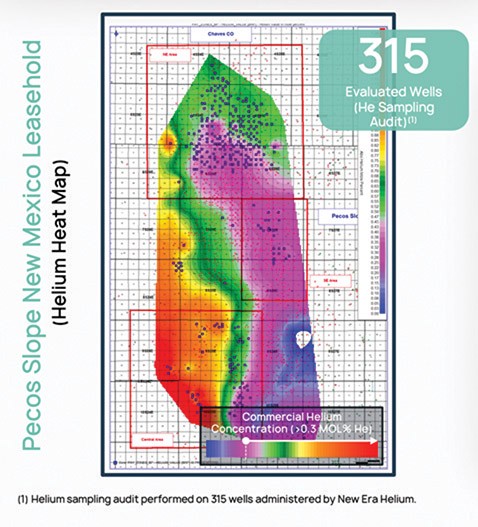On December 1, 2023, we held a special meeting of stockholders (the “December 2023 Special Meeting”), at which our stockholders approved, among other things, an amendment (the “December 2023 Extension Amendment”) to our amended and restated certificate of incorporation to give us the right to extend the date by which we have to consummate a business combination up to twelve (12) times, each such extension for an additional one (1) month period, from December 4, 2023 to December 4, 2024. In connection with the stockholders’ vote at the December 2023 Special Meeting, 927,715 shares of ROCL Common Stock were tendered for redemption.
Results of Operations
We have neither engaged in any operations nor generated any revenues to date. Our only activities through March 31, 2023 were organizational activities, those necessary to prepare for the Initial Public Offering described below, and subsequent to the Initial Public Offering, identifying a target company for an initial business combination. We do not expect to generate any operating revenues until after the completion of our an initial business combination, at the earliest. We generate non-operating income in the form of interest income on marketable securities held in the Trust Account (as defined below). We incur expenses as a result of being a public company (for legal, financial reporting, accounting and auditing compliance), as well as for due diligence expenses in connection with searching for, and completing, an initial business combination.
For the three months ended September 30, 2023, we had a net loss of $646,092, which consisted of interest earned on marketable securities held in Trust Account of $343,491 and change in fair value of due to non-redeeming stockholders of $8,811, offset by of operating costs of $908,357 and provision for income taxes of $90,037.
For the three months ended September 30, 2022, we had a net income of $304,331, which consisted of interest earned on marketable securities held in Trust Account of $526,853, offset by of operating costs of $122,934 and provision for income taxes of $99,588.
For the nine months ended September 30, 2023, we had a net income of $156,857, which consisted of interest earned on marketable securities held in Trust Account of $2,641,366, offset by of operating costs of $1,293,488, provision for income taxes of $719,832 and finance costs for non-redemption agreements of $471,189.
For the nine months ended September 30, 2022, we had a net income of $163,259, which consisted of interest earned on marketable securities held in Trust Account of $697,289, offset by of operating costs of $416,559 and provision for income taxes of $117,471. For the year ended December 31, 2022, we had a net income of $722,115, which consists of interest earned on marketable securities held in Trust Account of $1,684,555, offset by operating costs of $541,229 and provision for income taxes of $421,211.
For the year ended December 31, 2021, we had a net loss of $166,644, which consists of operating costs.
Liquidity and Capital Resources
On December 3, 2021, we consummated our initial public offering (the “Initial Public Offering”) of 11,500,000 units (the “Units” and, with respect to the shares of common stock included in the Units sold, the “Public Shares”), which included the full exercise by the underwriters of their over-allotment option in the amount of 1,500,000 Units, at a price of $10.00 per Unit, generating gross proceeds of $115,000,000. Simultaneously with the closing of the Initial Public Offering, we consummated the sale of 461,500 units (the “Private Units”), at a price of $10.00 per Private Unit, in a private placement to certain of the holders of ours shares prior to the Initial Public Offering (the “Initial Stockholders”), generating gross proceeds of $4,615,000.
Following the Initial Public Offering, including the full exercise of the over-allotment option by the underwriters, and the sale of the Private Units, a total of $116,725,000 was placed in a trust account located in the United States (the “Trust Account”). We incurred $1,625,220 in transaction costs, consisting of $1,150,000 of underwriting fees and $475,220 of other offering costs.
For the nine months ended September 30, 2023, cash used in operating activities was $1,800,678. Net income of $156,857 was affected by interest earned on marketable securities held in the Trust Account of $2,641,366 offset by fair value of due to non-redeeming shareholders of $471,189, and changes in operating assets and liabilities, which provided $212,642.
